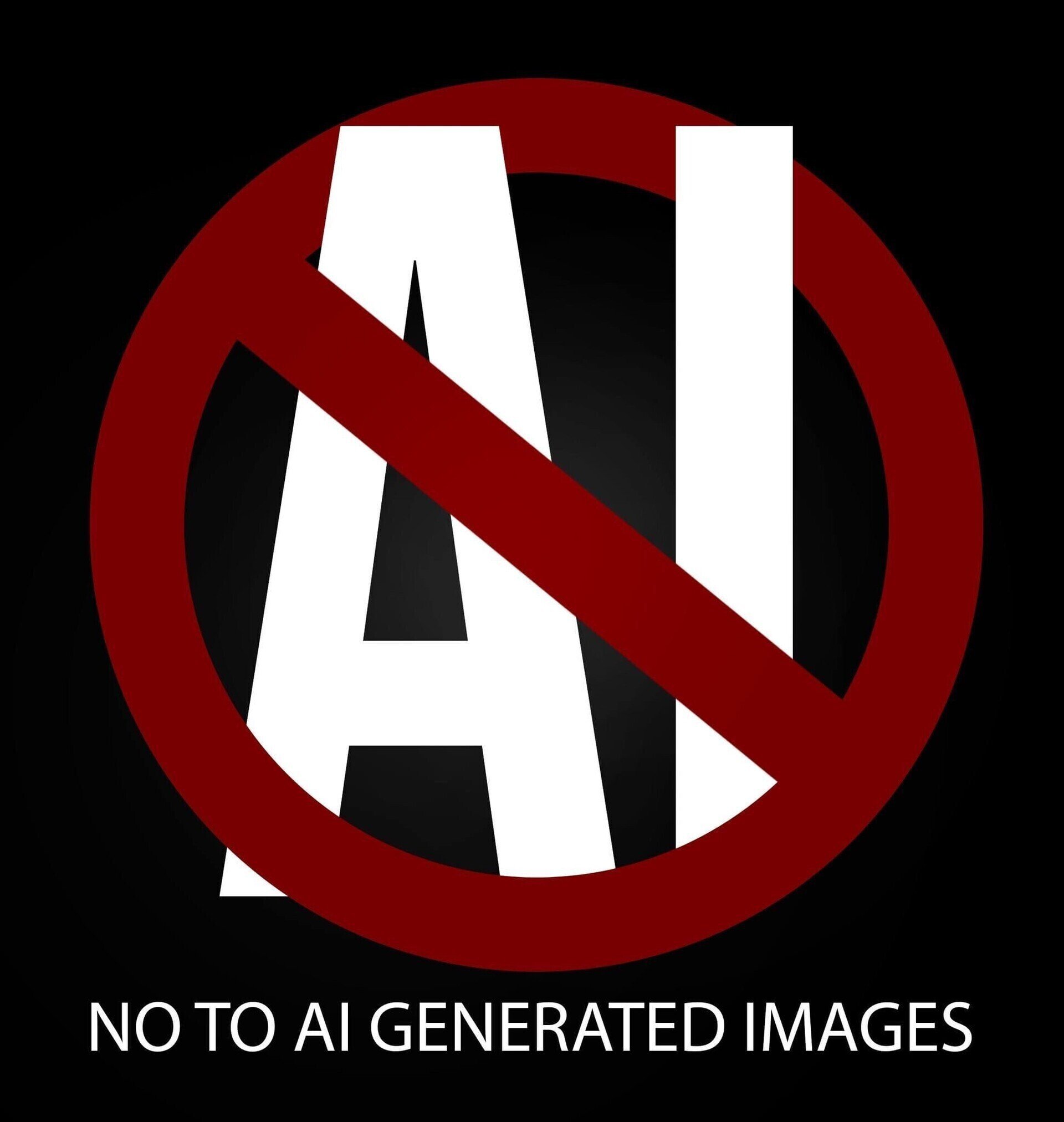- cross-posted to:
- [email protected]
- cross-posted to:
- [email protected]
cross-posted from: https://lemm.ee/post/39685922
Earlier this year I got fired and replaced by a robot. And the managers who made the decision didn’t tell me – or anyone else affected by the change – that it was happening.
The gig I lost started as a happy and profitable relationship with Cosmos Magazine – Australia’s rough analog of New Scientist. I wrote occasional features and a column that appeared every three weeks in the online edition.
It didn’t. In February – just days after I’d submitted a column – I and all other freelancers for Cosmos received an email informing us that no more submissions would be accepted.
It’s a rare business that can profitably serve both science and the public, and Cosmos was no exception: I understand it was kept afloat with financial assistance. When that funding ended, Cosmos ran into trouble.
Accepting the economic realities of our time, I mourned the loss of a great outlet for my more scientific investigations, and moved on.
It turns out that wasn’t quite the entire story, though. Six months later, on August 8, a friend texted with news from the Australian Broadcasting Corporation. In summary (courtesy of the ABC):
Cosmos Magazine used a grant to build a ‘custom AI service’ to generate articles for its website.
The AI service relied on content from contributors who were not consulted about the project and, as freelancers, retained copyright over their work.
Contributors, former editors and a former CEO, including two co-founders, have criticized the publishing decision.
Cosmos had been caught out using generative AI to compose articles for its website – and using a grant from a nonprofit that runs Australia’s most prestigious journalism awards to do it. That’s why my work – writing articles for that website – had so suddenly vanished.



Analytics for one. The company I work for started using AI last year, and they said their model can generate a report in half a second that typically takes an analyst around 3 months to assemble. Oh, and the AI is right too. The results are solid. Pretty depressing for people like you, me, and those analysts, but it’s the best thing that has ever happened in the history of business for C level executives.
Fair, but I would argue that’s a function of machine learning which is related-but-distinct from the kind of “AI” that is supposedly going to replace HR, designers, support personnel, etc.
Essentially, number-crunching will improve, sure. That’s a world away from presenting numbers, so to speak. And raw number-crunching doesn’t touch the language arts it’s so heavily hyped to do.
Maybe some other AI agent does, I dunno.